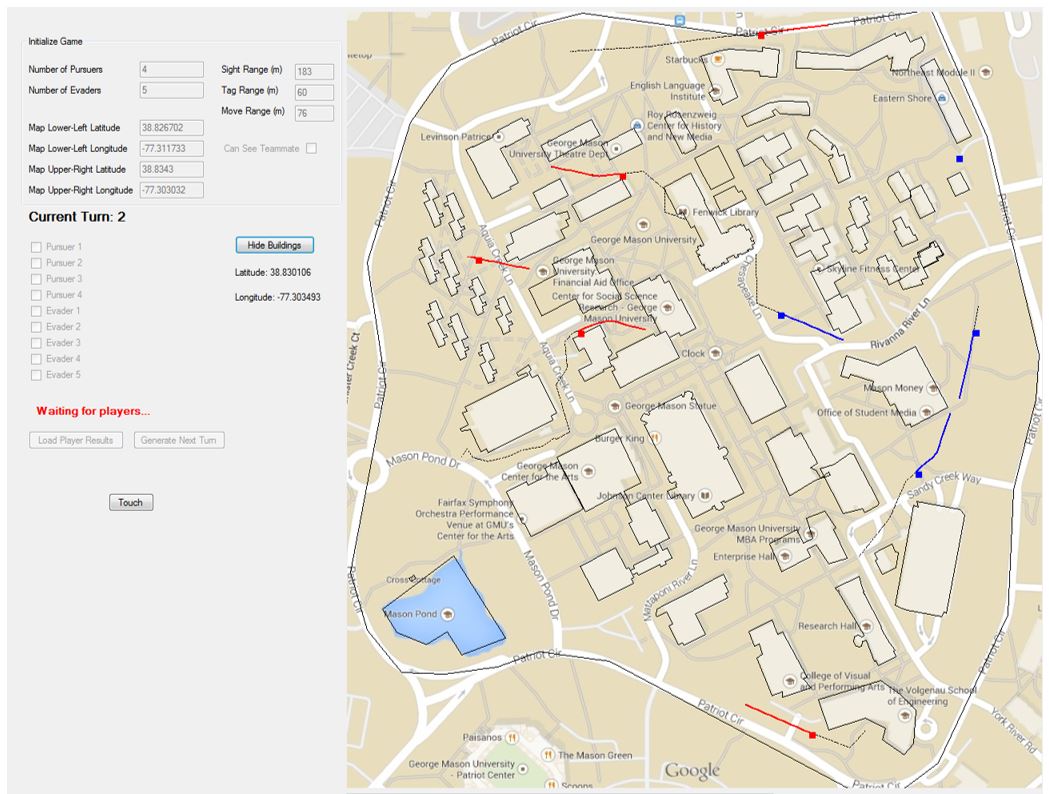Collective Spatial Cognition
The goal of this research effort is to define and outline the field of collective spatial cognition as a foundation for further research. We approach this this research topic from multiple disciplinary perspectives in the spatial sciences, social and behavioral sciences, cognitive sciences, and information sciences. By collective spatial cognition, we refer to a wide range of phenomena in which people solve spatial problems in human collectives, from dyads to multi-team systems to crowds. Spatial problems include a broad array of activities, including navigation and wayfinding, spatial knowledge acquisition, location allocation and planning, design, and spatial communication.
Read More


